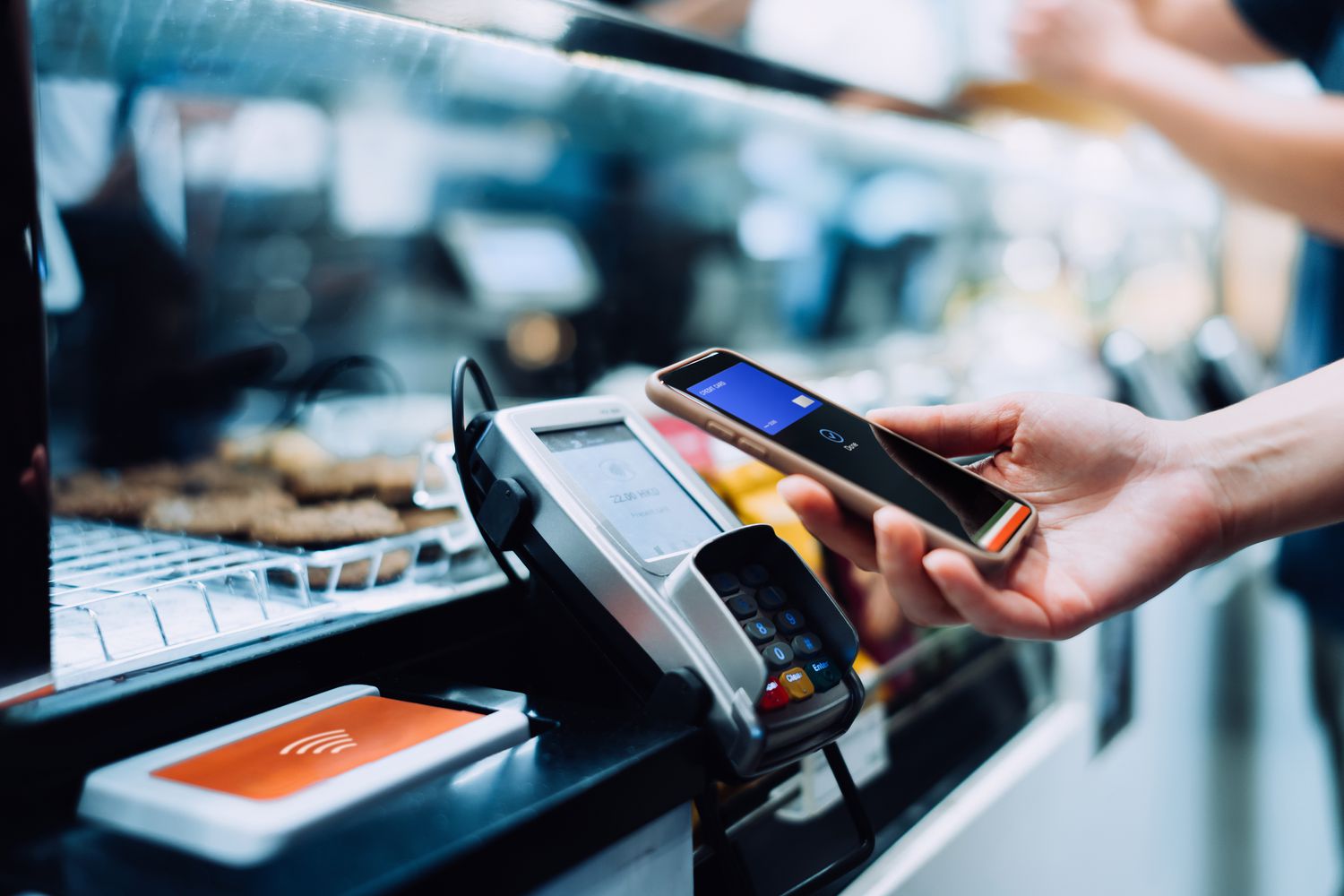How Does a Mobile Wallet Work?
The mobile wallet can store credit or debit card data on a mobile device, for example, a smartphone, a smartphone, or smartwatch. Mobile wallets provide an efficient way to purchase items online or at stores equipped to accept payment via the wallet. They are also more secure than traditional payment cards due to the technology used to secure your account details.
Comprehending Mobile Wallets
Mobile wallets are either an inbuilt feature or an app that is installed on smartphones. A mobile wallet can store information about credit cards or debit cards, coupons, or reward card details, and is able to connect directly with bank accounts.
Three of the most popular mobile built-in wallets include Apple Wallet, Google Wallet, and Samsung Wallet. These wallets can store your payment card details, but they also hold other documents, such as tickets for events or vaccination records. They also hold tickets to the airport. They are linked to their own payment services (Apple Pay, Google Pay, and Samsung Wallet), which can be used to pay. Users might not notice the distinction between, for instance, Apple Wallet and Apple Pay.
Be aware that you’re not able to make Peer-to-peer (P2P) payments via Google Pay is not available to U.S. customers, though it might be accessible in certain nations.
If you are using it to purchase something or make a payment, the app makes use of a technique known as near-field technology (NFC), which utilizes radio frequency signals to communicate between two devices. NFC makes use of the format for personal identification developed for the user to transmit the information about the transaction with the store’s terminal at the point of service (POS) terminal. The transfer of information is typically initiated when a user taps the device equipped with NFC in front of the terminal of the store’s NFC reader.
Let’s say that you are able to add credit card details to Apple Pay and want to utilize this at McDonald’s. The phone is placed near the card reader, which makes use of NFC technology to connect with your mobile. Apple Pay opens using an authentication method like face detection or a passcode. The app will ask you to tap the button to confirm your payment using the default payment method that is stored in the app. (You can also tap the app to make use of another card that you’ve saved within Apple Pay.) The payment data is transmitted via NFC technology.
Particular Considerations
A few of the biggest concerns regarding mobile wallets are how information about your card is handled and whether they are safe. The credit card information is not stored in the mobile device. When you sign up for the service, your card data is secured and stored in the secure chip. When you payment, Apple uses a token–a unique, randomly generated number that is mapped to your initial information. If someone were to get access to the token, it’d not be of any use to them.
Mobile Wallet App Types
A majority of mobile phones and smartphones use NFC technology. iPhones come with Apple Wallet and Apple Pay, Android phones are often equipped with Google Wallet, and Samsung Galaxy phones come with their own Samsung Wallet, which includes Samsung Pay. In addition to the preloaded wallets that come with phones, mobile wallets made by different companies have also become extremely well-known.
Certain apps developed by third-party developers are:
- PayPal: The digital payment service is available for download on iOS as well as Android devices. There are different fees associated with PayPal. Find out if your method of payment is subject to fees.
- Google Pay: Google Pay comes loaded on several Android phones. However, it’s also accessible for downloading on Apple (iOS) handsets. Google Pay no longer supports P2P transactions to U.S. users, however.
- Venmo: Venmo began as a P2P-based app but is gradually gaining traction with retailers, too. Venmo charges an additional 3% for purchases made using a credit card that is linked through the service. Transactions drawn from an account at a bank are free.
Mobile Wallet Benefits
Criminal activities, like fraud on identity fraud, for instance, are difficult to commit through mobile wallets. While a card used by a user is easily copied or stolen, phones aren’t as easy to take. A stolen smartphone might be difficult to gain access to if it has a password to access the device that is fingerprint-based, a fingerprint scanner, or facial recognition.
As we’ve mentioned, Mobile wallets do not store your credit card details on your phone. Rather, they use tokenization and encryption to make transactions secure.
Utilizing a mobile wallet could be quicker than making use of a chip card to make payments. Because mobile wallets are a digital alternative to traditional wallets, nearly every valuable card that is stored in a physical wallet could be kept within a wallet on the move, for example, a driver’s licence, Social Security card, and health insurance cards. loyalty keys for hotel rooms, as well as train or bus tickets.
Digital Wallets against. Mobile Wallets and Payments
Digital wallet is another term that can be used in conjunction with mobile wallets and mobile transactions. But, they’re designed differently despite the fact that they each store information about payments. Digital wallets are primarily used for transactions online, but they aren’t always employed on mobile devices.
Mobile wallets are utilized by those who prefer not to have a physical wallet to carry for purchases in stores. Because of this, wallets must be used in mobile and convenient-to-carry devices.
Apple Pay, Samsung Pay, and Google Pay are examples of mobile payments that are used on a handheld device as well as a mobile device. A typical PayPal account functions as a type of digital wallet; however, when it is used with mobile payment solutions and smartphones, the account acts as a mobile wallet.
Are Digital and Mobile Wallets the Same Thing?
Although mobile and digital wallets have a lot in common but they’re not identical. Digital wallets are generally used for transactions online, whereas mobile wallets can be linked to a phone or wearable gadget. Both are linked to bank accounts as well as credit cards for purchases on the go.
Can I use an Android Phone with Apple Pay?
Many smartphone makers utilize exclusive mobile wallets for their phones. Only iOS devices can use Apple Pay, just as only Samsung phones can make use of Samsung Pay. To make it universally accessible, install a third-party mobile wallet that is third-party, such as PayPal and Venmo.
Can I Use My Smartwatch to Access My Mobile Wallet?
A variety of wearables with technology are capable of accepting mobile wallets. The device you choose to use it might come preloaded using a mobile-based wallet like Apple Pay on an Apple Watch.
Which current trends have an impact on mobile wallets?
New trends that are emerging for the over 5.2 billion smartphone wallet customers that are expected to be in the world by 2026 are:
- Mobile wallets that use QR code to make P2P as well as merchant payments.
- Mobile wallets with app-to-application (A2A) Integrations that manage transactions without the need for any terminal.
- Mobile wallet applications that offer options like bill payment, as well as microloans and savings items.
Bottom Line
Mobile wallets let people use their mobiles to pay for services that are commonplace. With sophisticated protection and encryption features, mobile wallets can be more secure than physical cards. The majority of phones are now equipped with the mobile wallet application; however, there are alternatives for mobile wallets, like Venmo, which works with all phones.

